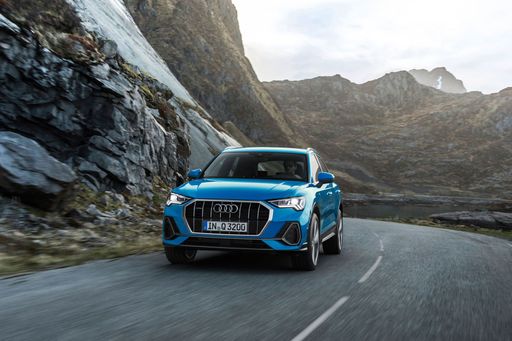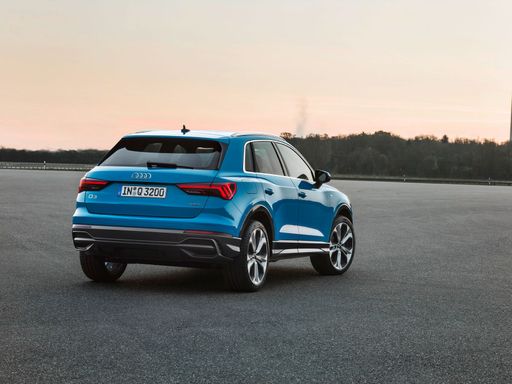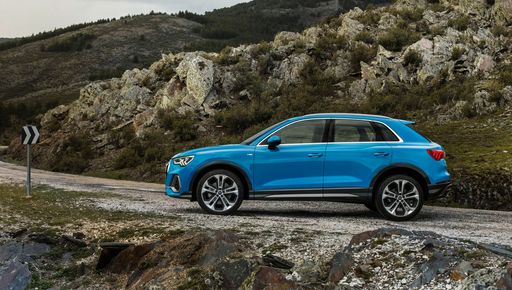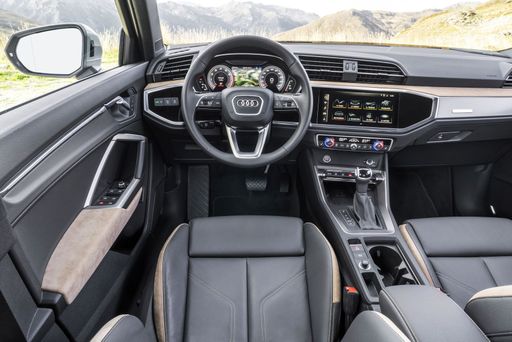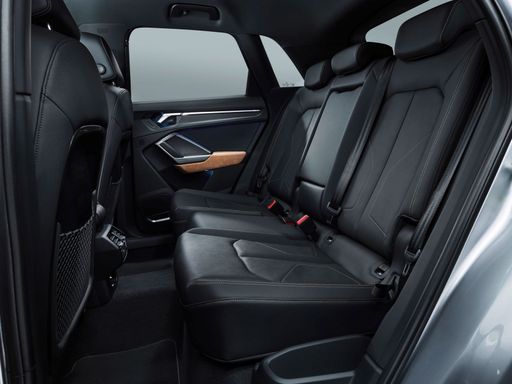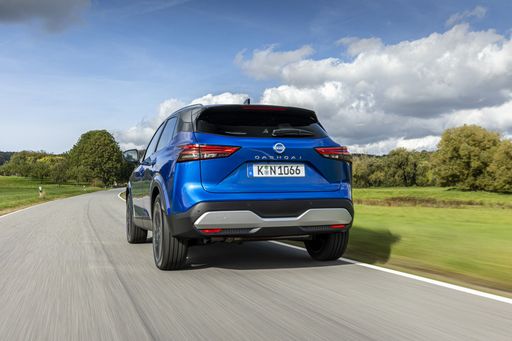Battle of the SUVs: Audi Q3 vs Nissan Qashqai
The compact SUV segment is growing rapidly, and two prominent contenders vying for supremacy are the Audi Q3 and the Nissan Qashqai. Both vehicles offer a compelling mix of style, innovation, and functionality. However, they have their unique characteristics and technologies that set them apart. In this article, we will dig deep into their technical aspects to help you decide which SUV reigns supreme.

